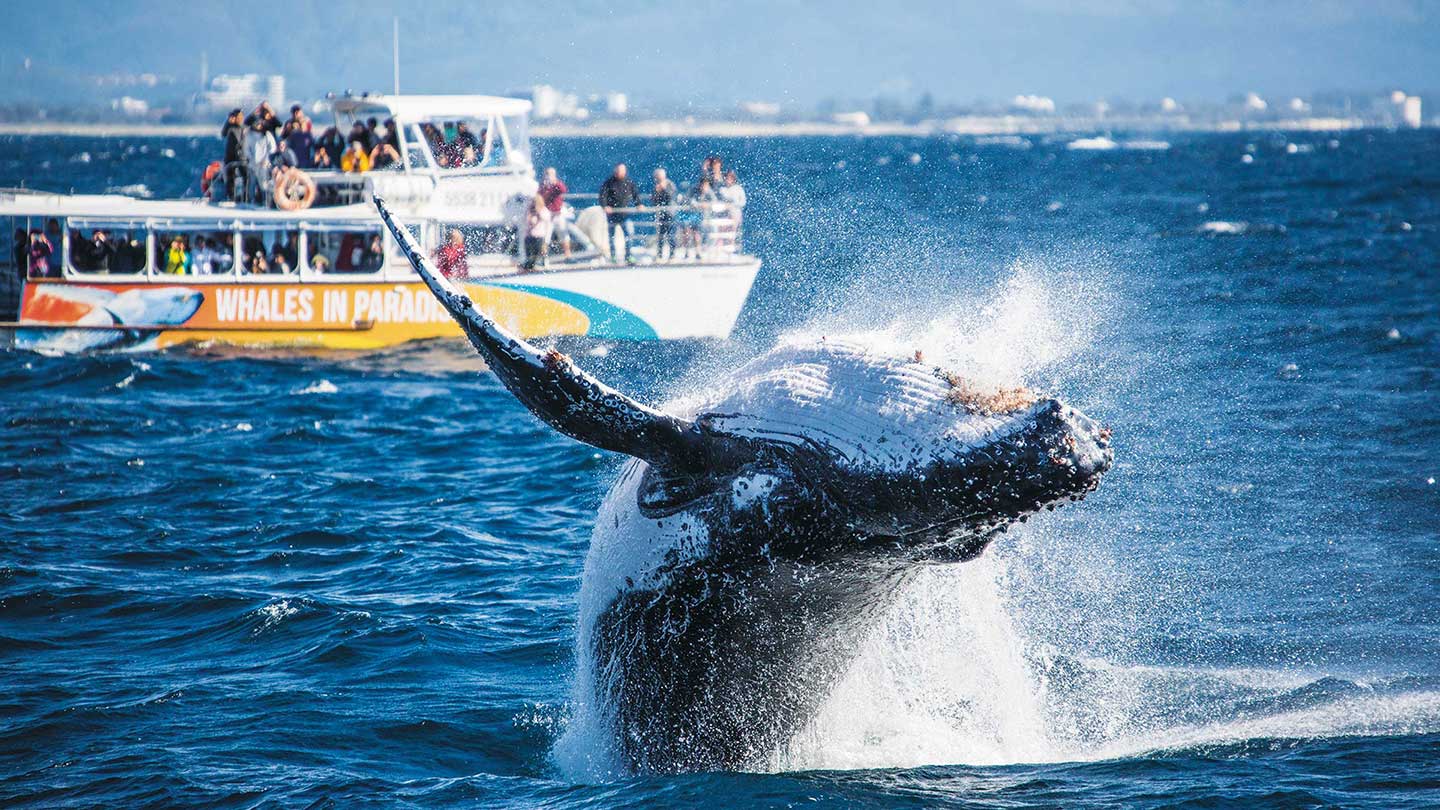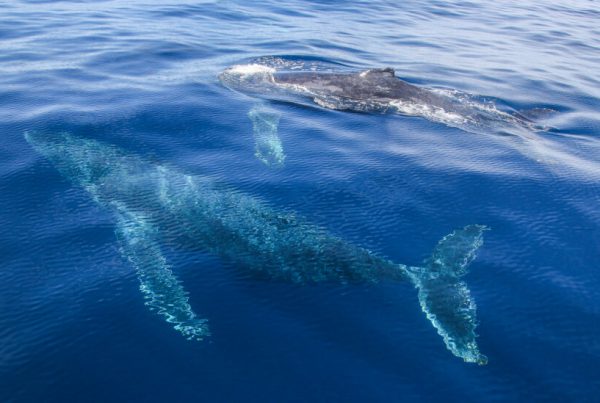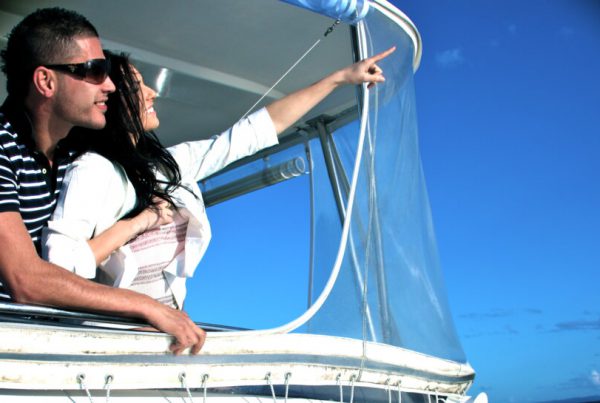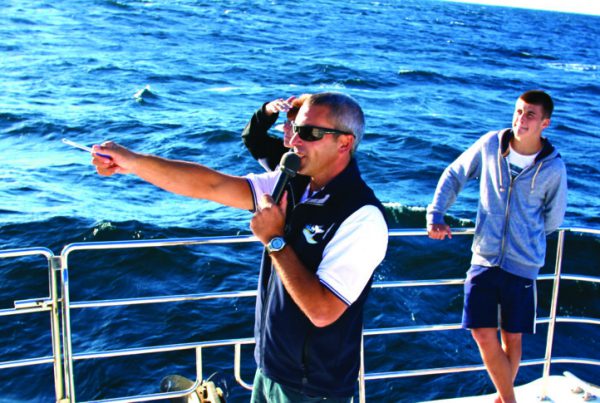The magic of migration: From Antarctica to the Great Barrier Reef (and back again)
Whale Watching
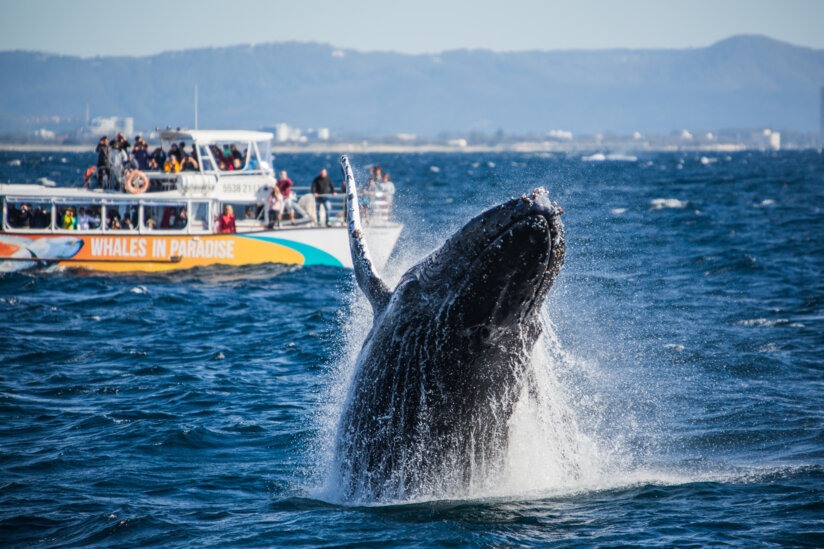
Every year between April and November, Australia’s eastern coastline becomes the Humpback Highway. Our coastline comes alive with the astoundingly beautiful acrobatic displays of humpback whales. After a Summer of feeding on krill in Antarctic waters, these charming mammals migrate north to subtropical waters where they mate and give birth. During this annual migration journey, a journey of up to 10,000 kilometres, humpbacks put on a parade for all our eastern coastal towns. Book a whale watching tour with Whales In Paradise and sit back and enjoy the show!
The precise timing of the migration period can vary from year to year depending on the water temperature, sea ice, prey abundance, predation risk and the location of their feeding ground. The vast majority of humpbacks in Australian water migrate north from June to August, and back towards the Southern Ocean from September to November. Groups of young males typically lead the migration, while pregnant females and calves hold up the rear. Adult breeding whales make up the majority of migration in the middle stages.
At a maximum length of 16 metres, the humpback is not the largest of whales found in our waters, but it is arguably the most iconic. Covering 10,000 kilometres annually, humpbacks have the longest migratory pattern of any mammal in history. In the same way us humans will jump in our cars and drive considerable distances for our favourite take-away or restaurant, part of the reason whales embark on these huge journeys is for food. Being as enormous as they are, whales prioritise and spend a lot of time eating food. Their most treasured preference? Krill.
Krill are small prawn-like creatures that grow up to about 4 centimetres long. Krill are found in oceans worldwide, but the smorgasbord of krill in Antarctic waters during summer is simply irresistible to Humpback whales, who can eat up to 1800 kilograms of krill each day. Pink and opaque, Antarctic krill numbers are estimated to range from 125 million tons to 6 billion tons. During summer, these krill congregate in swarms so dense and widespread they can be seen from space! So now we know why humpbacks love the Antarctic, but why do they travel all the way to warm Queensland waters during winter?
The answer? Motherly love. Humpbacks not only have big appetites, but they also have big hearts. The whales leave their krill-rich feeding grounds to migrate to the warmer waters of the Great Barrier Reef to mate and give birth to their young ones. Baby humpback whales, called calves, don’t have enough body fat when they’re born to be able to survive in the cold Antarctic waters. But once Spring arrives in Australia, humpbacks and their calves begin the long trip home. Join us at Whales in Paradise to bear witness to this magical journey… And don’t forget your cameras!
